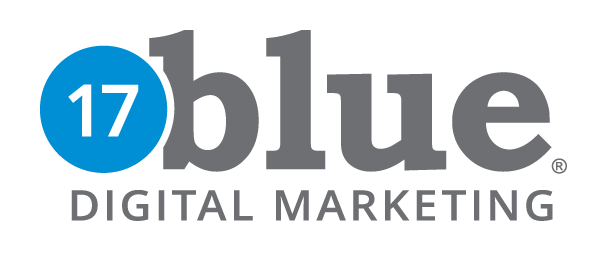You should. The more you know about who your audience is, where they spend their time, and what they buy, the better equipped you will be to serve them. Engage clients like never before when you focus on the three P’s of location-based marketing: Positioning, Personalizing and Promoting.
Positioning
Geotags – once exclusive to huge companies with massive marketing budgets – are now changing the face of small business marketing. They’re perfect for retail and tourism sites – though any company with a physical location can benefit.
Partnering with search engines and social networks like Google, Twitter and Facebook enables small businesses to tailor their messages to the geographic location of their customers. Offering rewards, offers and more to customers near your store.
Enabling geotags on your website helps search results automatically reference your site when the customer is located within your geographic area. This adds competitive advantage when people search for businesses or services “near me”. Your website, blog posts, photos, and videos can all be enhanced with location-based information – giving search engines relevant data that helps your content be discovered at the best time.
Personalizing
Connect with your customers on an entirely new level. Learn their habits and preferences when they are near your retail location through Geo-fencing. Geo-fencing uses a specifically mapped area to identify, track and connect with consumers. This encourages stronger personalization via customized content and tailored promotions delivered to their mobile devices. Special gifts, alerts to flash sales, and early access are all popular incentives that can be used to build customer loyalty.
Collecting data from your target market at certain locations allows you to apply the information to new marketing strategies in other areas. This leads to an enhanced in-store experience by helping you better calculate customer dwell times, understand traffic flows, and recognize where users are interacting with beacons and display devices.
Promoting
But all this data and connectivity will not help if you fail to promote. Offer sales and promotions to consumers in close proximity to one of your retail locations. Use unique coupon codes – or use a rewards system for desired customer actions such as visiting a location or opening a map while they’re inside the store. Marketers who are ahead of the location-based marketing curve are using a new, more aggressive approach known as geo-conquesting. This type of geo-fencing allows marketers to target competing stores with their own unique offers.
It’s important to plan and execute a strong location-based mobile marketing strategy for your business. If you don’t, you may lose market share to competitors who are more mobile-marketing-savvy.
Location data is transforming local marketing, enabling customized solutions to improve the user experience and increase customer loyalty. This information is everywhere – embedded in the photos we share, the GPS-enabled apps we use, and the online transactions we conduct. Now is the time to leverage this availability to boost your business.





